There’s more to the Ballymena riots than racism
The violent unrest that has gripped Northern Ireland has deep, complex roots.
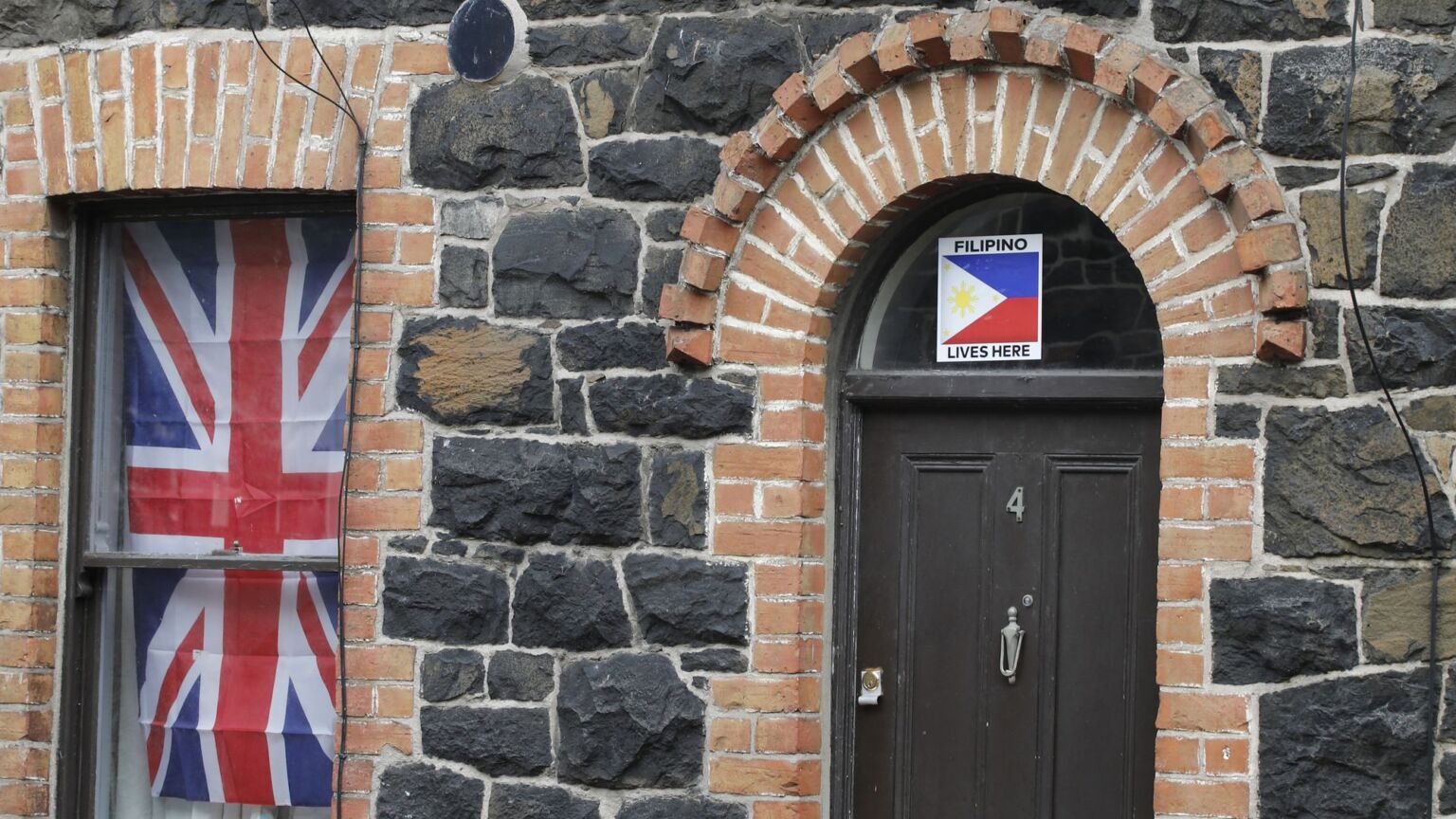
Want unlimited, ad-free access? Become a spiked supporter.
The actual fires might have been put out in Ballymena, North Antrim. But the social, political fires are still ablaze.
It has been a grim week or so in Northern Ireland. On the evening of 7 June, a teenage girl was reported to have been the victim of a serious sexual assault. Two days later, after two 14-year-old Romanian Roma boys had been taken in for police questioning, around 2,500 took to the streets of the Harryville area of Ballymena for an initially peaceful protest. But the mood soon curdled into something far nastier.
Over the course of several days and nights, Ballymena was gripped by violent unrest. Groups of masked men began rioting and targeting migrants, including a Filipino man, whose house was attacked. This prompted other migrants to plaster their front doors with Union flags and signs indicating that no Roma lived there – all in the hope of warding off the thugs’ petrol bombs.
Politicians, officials and many in the media were quick to condemn what happened as ‘pure racism’, as Northern Ireland’s first minister, Michelle O’Neill, put it. Writing in the Guardian, Sarah Creighton agreed: ‘The riots in Ballymena are about racism and nothing more.’
A lot of what happened in Ballymena was undoubtedly racist and needs to be called out as such. Those who turned to violence and menaced innocent people are contemptible, and should face the full force of the law.
But calling the Ballymena riots racist isn’t enough. It doesn’t help understand why this happened. It doesn’t address why many people, who did not and would never riot, who have no problem with migrants but are concerned about migration, are feeling unsettled. And it doesn’t address the social, economic and cultural climate that has fanned the flames of this nihilism.
Many on the right blame high levels of immigration for the rioting. North Antrim’s Unionist MP, Jim Allister, told the BBC’s Newsline show that there was ‘an oversubscription of migrants who had been placed there’. He said that the last time he went out canvassing in Ballymena, out of 50 houses, he only encountered ‘five local, if I can call them that, residents of Ballymena’.
The left, meanwhile, blames a lack of resources, from ever-lengthening queues for the GP to the chronic housing shortage. In doing so, the left also accepts that levels of migration have played a role in the unrest. ‘It would be churlish to deny that higher numbers have put pressure on the system’, writes Creighton. Yet too often, the left-leaning refuse to talk any further about immigration.
Concerns over the increasing number of Roma people have been bubbling away in Ballymena for several years. A 2018 BBC News article explored local residents’ views about the number of Roma people moving to the town. Most locals interviewed said they were worried about job shortages, especially after the closure of the Michelin tyre factory, which affected 860 workers. Some were put out that migrants had been successful in getting work at Wrightbus, the company famous for producing Boris Johnson’s double-decker buses during his time as London mayor.
Furthermore, Northern Ireland’s political class, like its counterparts on the British mainland, has given little to no thought about how to integrate the ever-rising number of newcomers. Add to that the pressure immigration exerts on already stretched resources and you have a recipe for social conflict.
Too often, mainstream politicians have refused to listen to the concerns of residents. Disastrously, this has meant that only those on the extreme right appear willing to talk to ordinary people about what is going on. Indeed, when locals held meetings in Ballymena to discuss these issues, they were shunned by many local politicians – but attended generously by members of genuine far-right groups, such as Britain First.
Yet there’s more to the unrest in Ballymena than rising tensions over immigration. Historically, Ballymena is a loyalist stronghold. Many suspect that its paramilitary legacy might, at least, explain some of the violence over the course of the past week.
The history of violence runs deep in Ballymena. Among the many Catholic and Protestant people killed in Ballymena during the Troubles is Sean McCrystal, a Catholic who was beaten and burned alive in 1976 by supporters of the Ulster Volunteer Force. Several interviews with neighbours in and around the riots have reported people cheering on the ‘wee bonfires’, like it was the old days.
There are other issues. Working-class protestants in places like Ballymena have long been treated with disdain by the political class. They are at the bottom of the identitarian pile. They feel attacked by Sinn Féin’s rise and its culture-war politics. Yet they are also shunned by a Westminster elite that is embarrassed by what it sees as Union Flag-waving throwbacks.
Unsurprisingly, a siege mentality dominates this community. Reports from the riots quote young men, spoiling for a street battle with police officers from the ‘mainland’. They can be heard making derogatory comments about the British government. All the while, they are hurling bricks in the name of the Union.
None of this is to justify the racist violence that has scarred this community. But it is difficult to ignore the common thread linking the disorder and destruction in Ballymena to that in Dublin or Southport or Knowsley.
Indeed, Knowsley, in Merseyside, went up in flames in February 2023 in strikingly similar circumstances to Ballymena. After allegations that a 25-year-old asylum seeker had propositioned a 15-year-old girl, a protest, and then a riot, erupted outside of an asylum hotel.
Unless we want to see the same scenes playing out again and again, we need to address the chronic social problems that are fuelling this division and violence.
Ella Whelan is the author of The Case For Women’s Freedom, the latest in the Academy of Ideas’ radical pamphleteering series, Letters on Liberty.
You’ve read 3 free articles this month.
Support spiked and get unlimited access.
Help us hit our 1% target
spiked is funded by readers like you. It’s your generosity that keeps us fearless and independent.
Only 0.1% of our regular readers currently support spiked. If just 1% gave, we could grow our team – and step up the fight for free speech and democracy right when it matters most.
Join today from £5/month (£50/year) and get unlimited, ad-free access, bonus content, exclusive events and more – all while helping to keep spiked saying the unsayable.
Monthly support makes the biggest difference. Thank you.

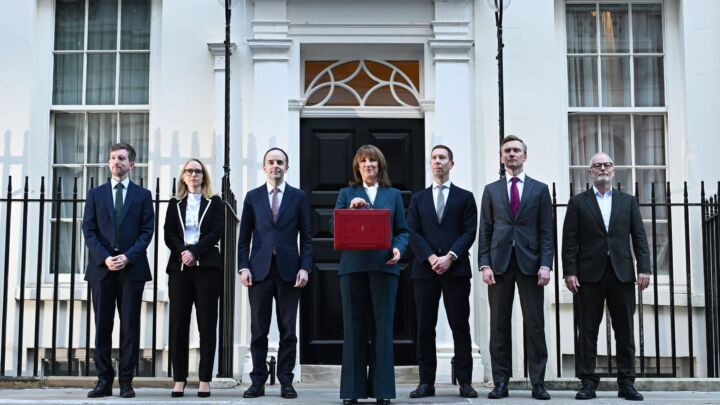
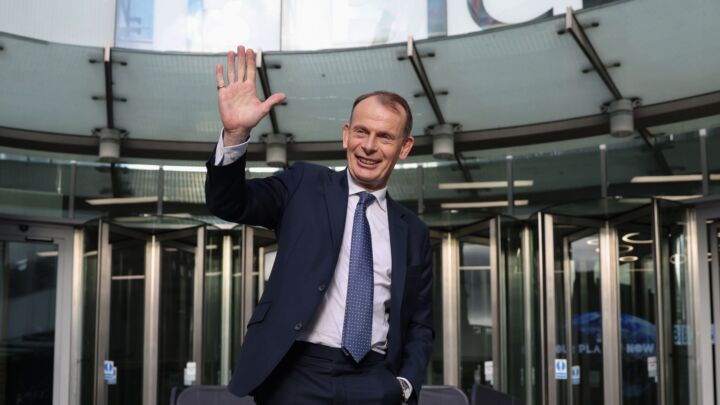


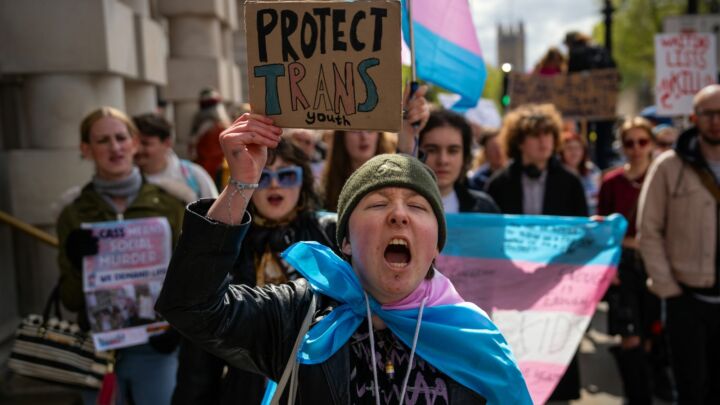
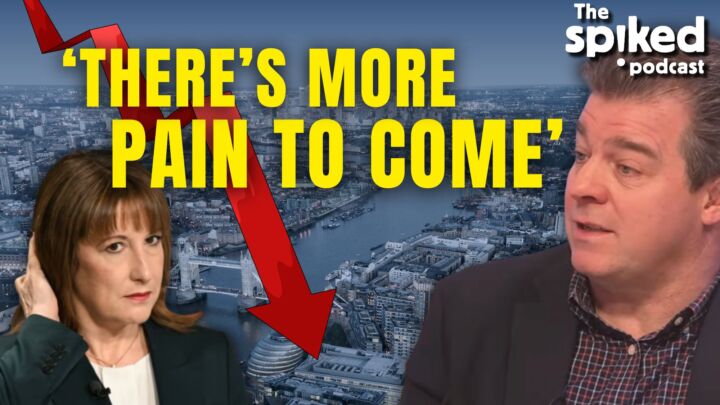

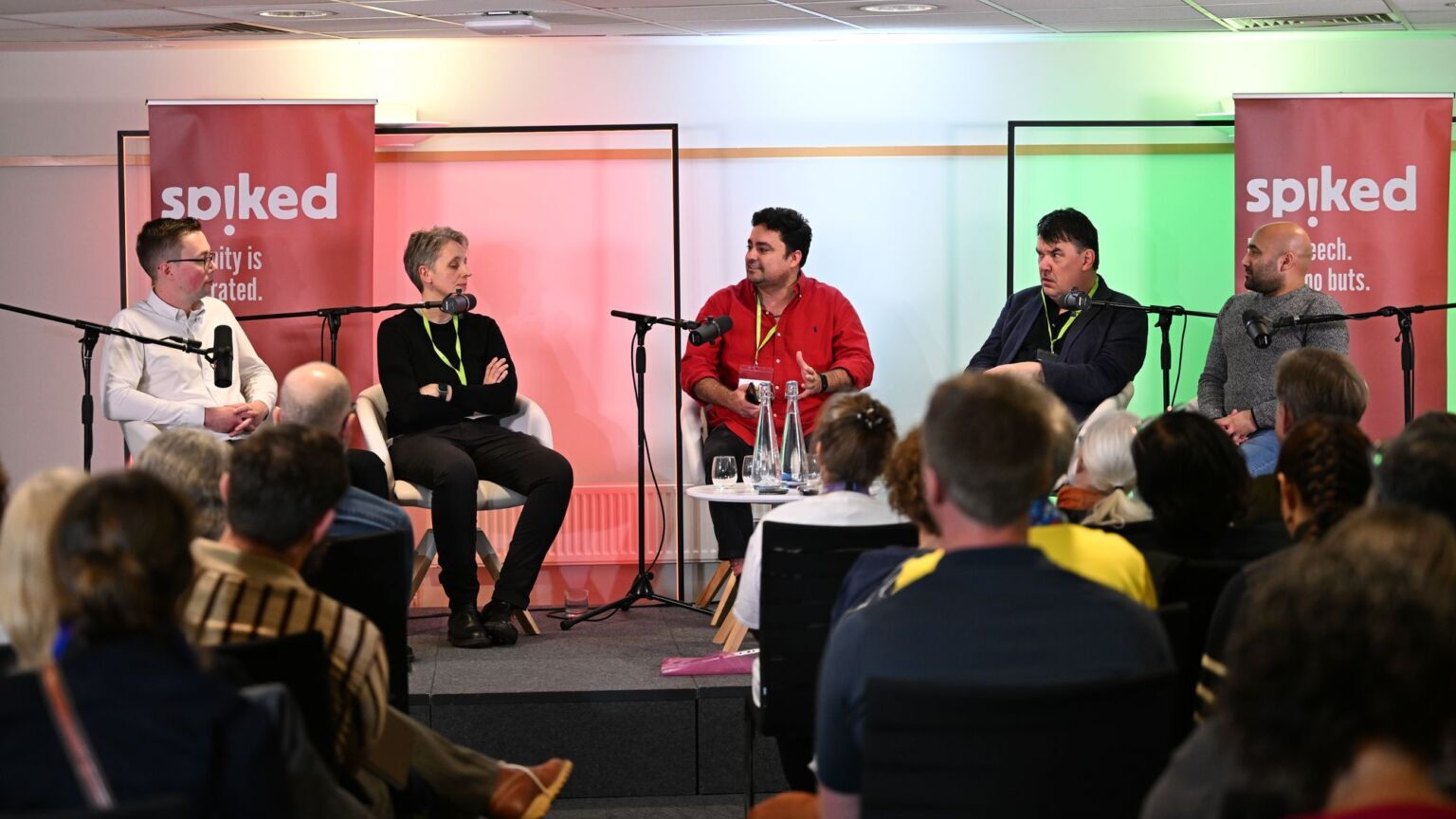
Comments
Want to join the conversation?
Only spiked supporters and patrons, who donate regularly to us, can comment on our articles.